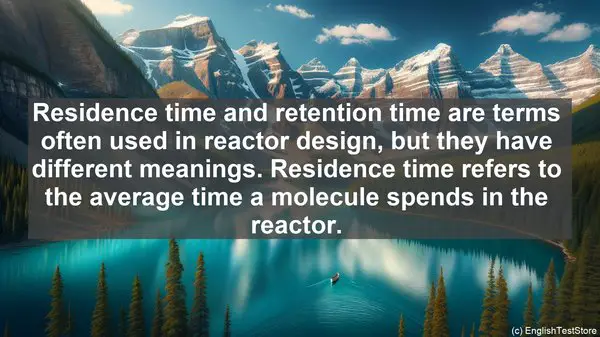Introduction: The Complexity of Bioreactor Design
Welcome to today’s lesson. Bioreactor design is a fascinating field, but it can also be quite complex. One reason for this complexity is the abundance of terms that are often used interchangeably. In this lesson, we’ll focus on ten such terms that are commonly confused. So, let’s get started!
1. Mixing vs. Agitation
Mixing and agitation are two terms often used synonymously, but they have distinct meanings. Mixing refers to the process of combining two or more substances to create a homogeneous mixture. Agitation, on the other hand, involves the physical movement of the mixture, typically to enhance mass transfer or heat transfer. While mixing is essential for uniform distribution, agitation is crucial for efficient transfer processes.
2. Aeration vs. Oxygenation
Aeration and oxygenation are both related to the supply of oxygen in a bioreactor, but they differ in their approach. Aeration involves the introduction of air, which may or may not contain oxygen. Oxygenation, on the other hand, specifically refers to the process of adding molecular oxygen to the system. Depending on the process requirements, either aeration or oxygenation may be employed.
3. Sterilization vs. Disinfection
In bioreactor design, ensuring a sterile environment is of utmost importance. Sterilization and disinfection are two methods used for this purpose. Sterilization eliminates all forms of microbial life, including spores. Disinfection, on the other hand, reduces the microbial load to a safe level. While sterilization is necessary for sensitive processes, disinfection is often sufficient for routine cleaning.
4. Batch vs. Continuous
Batch and continuous are two common operating modes in bioreactors. In a batch system, all the components are added at the beginning, and the process runs for a specific duration. In a continuous system, on the other hand, fresh media is continuously added, and the product is harvested simultaneously. Each mode has its advantages and is chosen based on the process requirements.
5. Homogeneous vs. Heterogeneous
Homogeneous and heterogeneous refer to the uniformity of a system. In a homogeneous system, the components are uniformly distributed at a molecular level. In a heterogeneous system, there are distinct phases or regions with different compositions. Understanding the system’s homogeneity is crucial for efficient mixing, mass transfer, and reaction kinetics.

6. Residence Time vs. Retention Time
Residence time and retention time are terms often used in reactor design, but they have different meanings. Residence time refers to the average time a molecule spends in the reactor. It is calculated by dividing the reactor volume by the flow rate. Retention time, on the other hand, specifically refers to the time a molecule spends in a particular zone, such as a settling tank. Both times are critical for process optimization.
7. Shear vs. Turbulence
Shear and turbulence are two phenomena that occur during mixing or agitation. Shear refers to the force that acts parallel to a surface, causing deformation or flow. Turbulence, on the other hand, is the chaotic, irregular motion of fluid elements. While shear can be detrimental to cell viability, controlled turbulence is often desirable for efficient mass and heat transfer.

8. Scale-up vs. Scale-down
Scale-up and scale-down are terms used when transitioning a process from one scale to another. Scale-up refers to the process of increasing the reactor size, while maintaining the same process conditions. Scale-down, on the other hand, involves reducing the reactor size, often for laboratory-scale studies. Both processes have their challenges and require careful consideration of various factors.
9. Inoculation vs. Seeding
Inoculation and seeding are terms used when introducing microorganisms into a bioreactor. Inoculation typically refers to the addition of a small amount of culture to initiate growth. Seeding, on the other hand, involves adding a larger quantity of cells to accelerate the process. The choice between inoculation and seeding depends on the desired process timeline and the availability of the culture.
10. Foaming vs. Defoaming
Foaming is a common issue in bioreactors, especially when using media with surfactants. It refers to the formation of a stable foam layer on the liquid surface. Defoaming, as the name suggests, is the process of removing or preventing foam formation. Effective defoaming is crucial to maintain proper oxygen transfer and prevent equipment damage due to overflowing foam.
